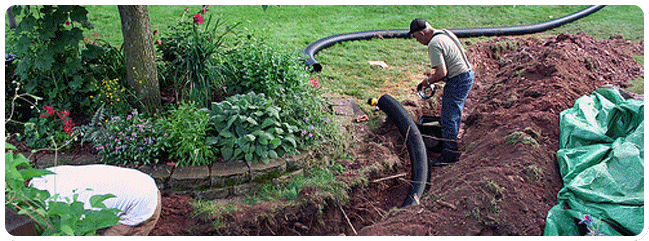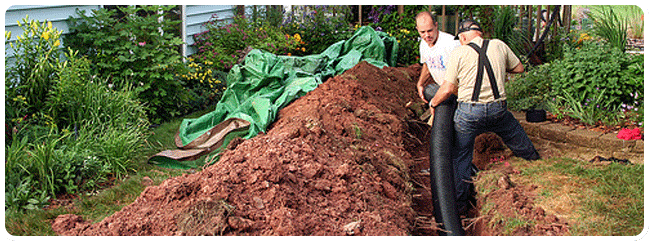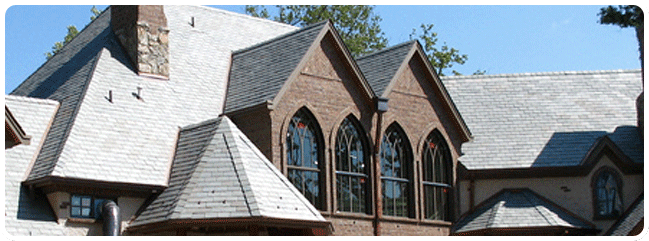The cost of roofing an entire home is expensive. So, it’s understandable if you get frustrated with the black stains that make your roof look unappealing. Find out how you can solve this issue and prevent it from happening again as you continue reading below:
 Photo by Orlova Maria on Unsplash
Photo by Orlova Maria on Unsplash
What causes the black stain?
It’s not mold. It’s probably not soot. The black spots discoloring your asphalt roof are more than likely the pervasive and prevalent algae known as Gloecapsa Magma. These roof-invaders require a moisture-rich environment, usually supplied by dew and shade. The first stains usually appear on the north-facing sides of a roof, which receives less light, and in areas with heavy tree coverage. Algae travels through the air, so if one neighbor receives a few spores, the whole neighborhood will soon be sporting the black streaks. Unfortunarly, they love to feed on the calcium carbonate contained in most asphalt shingles. According to Tom Bollnow of the Asphalt Roofing Manufacturers Association (ARMA), “The algae is mostly an aesthetic nuisance, although with time, the moisture retained in the algae can prematurely age the shingles.” Source: BobVila
Cleaning
It’s best to clean your roof on a cloudy day to prevent the cleaner from evaporating too quickly. If you know the manufacturer of your shingles, contact them or check their website for specific recommendations on cleaning. When using a product made for cleaning roofs or oxygen bleach, follow the directions on the container.
While the recipe for cleaning a roof with bleach can vary, the basic formula is:
– 1 quart bleach (6% sodium hypochlorite)
– 1 gallon water
– 1/4 cup TSP (trisodium phosphate) or other heavy duty cleaner (don’t use a cleaner that contains ammonia or is not recommended for mixing with bleach, as it can result in poisonous chlorine gas)
Pour the ingredients into a pump type garden sprayer, mix well, and spray. Source: TodaysHomeOwner
Prevention
To keep the algae from coming back, insert 6-inch-wide strips of zinc or copper under the row of shingling closest to the roof peak, leaving an inch or two of the lower edge exposed to the weather. That way whenever it rains, some of the metal molecules will wash down the roof and kill any algae trying to regain a foothold on your shingles. Source: ThisOldHouse
Our expert team of roofers can help you deal with any roofing problem. Call us today!
Contact:
Kerrisdale Roofing & Drains Ltd.
168 W 71st Ave, Vancouver, BC V5X 4S7
(604) 360-2114



















